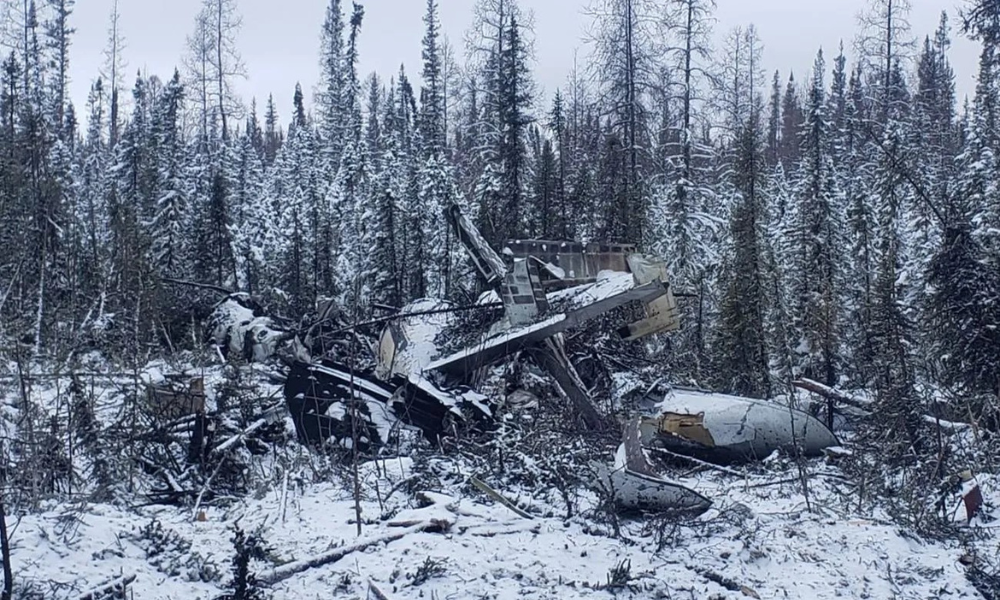TSB says cockpit voice recorder recovered but no flight data recorder

The investigation into the tragic plane crash near Fort Smith, Northwest Territories, that claimed six lives, including four mine employees and two pilots, continues to develop. One survivor is recovering in hospital.
The crash occurred just after takeoff on a routine flight to the Diavik Diamond Mine, and while the cause remains undetermined at this time, progress is being made in the investigation, and a mining watchdog is raising safety concerns about the nature of remote mining operations.
“Getting to work is dangerous,” says Jamie Kneen, executive director of Mining Watch Canada. “And I think that's true, whether you're driving long distances to get to work or flying in."
Kneen notes a vast majority of mines in Canada are in remote locations, and the life cycles of many of them are not long, sometimes less than a decade, so creating entire communities built around a mine often isn’t an option. “Socially and economically, it doesn't make sense and I think that's one of the sorts of structural problems that we've got."
Kneen is one of many who will be watching the Transportation Safety Board’s (TSB) investigation closely. “Was there something that was preventable,” he asks, “what kind of changes could be implemented to avoid this happening again?"
Latest on investigation
The TSB attended the scene of the crash, and investigators have now returned home. Jon Lee, western regional manager for the TSB says they have spoken with the lone survivor, identified in media reports as electrician Kurt Macdonald, who was able to provide information, but Lee didn’t elaborate on what was said.
While most plane crash investigations focus on the black box, Lee points out that is not always the case. Some planes have both a flight data recorder and a cockpit voice recorder, which are both commonly referred to as ‘black boxes.’ Lee says this aircraft, a British Aerospace Jetstream, was not required to have a flight data recorder, “but we do have a cockpit voice recorder that has been acquired and it's going to be at our lab in Ottawa.”
The TSB is also getting help from the United Kingdom Aircraft Accident Investigation Board because it represents the manufacturer of the aircraft. “They help support our investigation by being a conduit of information from the manufacturer to our team,” explains Lee.
Lee says every plane crash investigation begins the same way, “we collect information in three major areas; the people involved, the equipment involved, and of course, the environment, both weather and the operating environment. We collect as much data as we can in each of those three buckets."
Lee notes it was snowing at the time but says “I don't have enough information to say whether it's contributory or not."
Response from Rio Tinto
The four deceased mine workers and the lone survivor were employed by Rio Tinto and in the days following the crash the company’s CEO, Jakob Stausholm, travelled from Australia to the Diavik mine to meet with workers.
“It was important for me to come to the Northwest Territories right away and spend some time with our employees at the Diavik mine,” he said in an interview on Friday, according to the Globe and Mail. “To listen to what they have to say, to share their pain at this incredibly difficult time and to reiterate that we are deeply committed to Diavik…I have never experienced such emotions in a room.”
While the victims’ names haven’t been officially released, media reports identified three of the deceased as heavy-duty mechanic Joel Tetso, truck driver Howie Benwell, and mine worker Diane Balsillie.
Stausholm says Rio Tinto is doing everything possible to support the investigation because “it is crucial that our colleagues feel safe coming into work, and we are doing everything we can to ensure their safety.”





